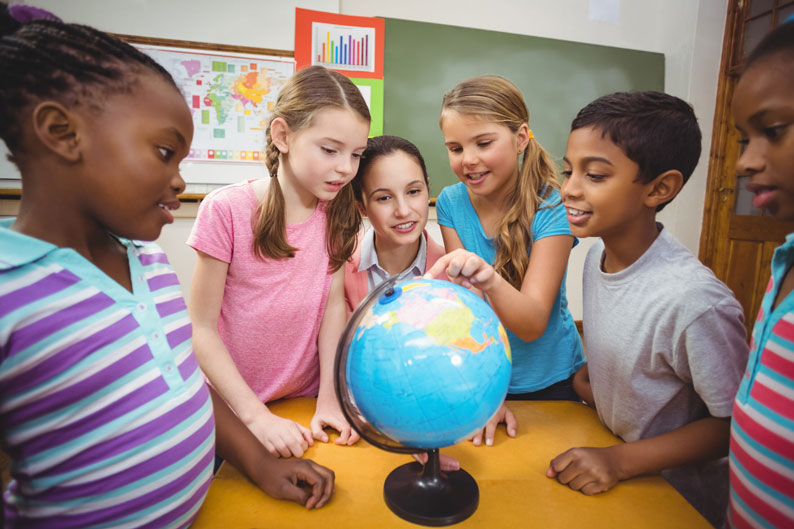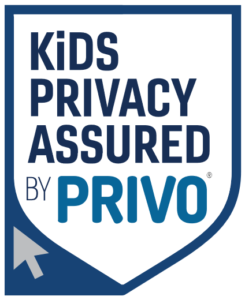Young learners are naturally curious about the world around them. They have vivid imaginations, and they use their curiosity to explore and learn about themselves and that world. Today’s children are also growing up in a world that is fundamentally different from the one in which their parents and grandparents grew up—a world that is becoming more and more interconnected and interdependent, where global competency skills will be essential to their success. It is paramount to expose children to other cultures and teach them global perspectives to help them grow into global citizens with empathy and an appreciation of others.
It is the responsibility of parents, teachers, and caregivers to create learning experiences that not only elicit children’s curiosity but also engage them in opportunities to appreciate and learn from different cultures and ways of thinking from an early age.
Here are five tips for fostering global understanding in young children.
- Talk about diversity
Children begin noticing differences between people at around the age of two. They are naturally curious about what people look like, how they dress, and what language they speak. This interest in others isn’t bad; children simply acknowledge those differences. And they ask questions! It’s a great opportunity to engage children in meaningful conversations about other cultures—let them ask questions and understand and embrace the differences. Exposing children to differences will normalize diversity for them and help them grow to be accepting of others.
- Read
Reading stories from different countries is a great opportunity to introduce global perspectives to young children. Through literature and stories, children widen their horizons and develop deeper appreciation for other cultures.
In LUV’s Global Storybook Engineers children get introduced to engineering through the lens of folk tales, stories, and myths from different cultures. The course develops children’s critical thinking skills as well as cross-cultural communication and understanding.
- Let them be teachers
Giving students the opportunity to share information about their cultural heritage teaches them that global citizens listen and learn from each other. Encourage children to explore their own cultural heritage and share interesting stories with their friends and classmates. If your students speak another language, have them teach their classmates a few words, phrases, or songs.
- Encourage global collaboration
Search for opportunities for children to connect with kids in other countries to communicate and work together on projects. Project-based, inquiry learning is a great way to engage kids and develop their 21st century skills, and when they get to communicate with kids from another country, they also develop compassion and understanding of others.
Don’t know where to start? LUV has everything you need to start a global “pen pal” project. LUV facilitates seamless collaboration between students from around the world via video exchanges on our secure platform.
- Teach culture through music and art
Music and art are an excellent way to engage young children in culture. Exposing them to music and art from other countries helps them appreciate the diversity in which people around the world express themselves. You can add dance lessons for extra fun!
LUV’s Global Sound Artists is a hands-on journey to discover sound and music that includes building instruments and learning about the music of their partner class’ culture.
Fostering global understanding in young children will ensure they grow into global citizens who appreciate diversity and have a deep understanding of the wider world. And this is exactly the mission LUV embraces. With LUV courses specifically developed for young learners, children engage with peers in another country, gain appreciation of art and music in ways that reflect cultural diversities, and develop culturally and globally through social-emotional learning, empathy, and leadership. LUV courses are a great addition to any school or program curriculum or as part of after-school enrichment options.
We invite you to join our global village!




